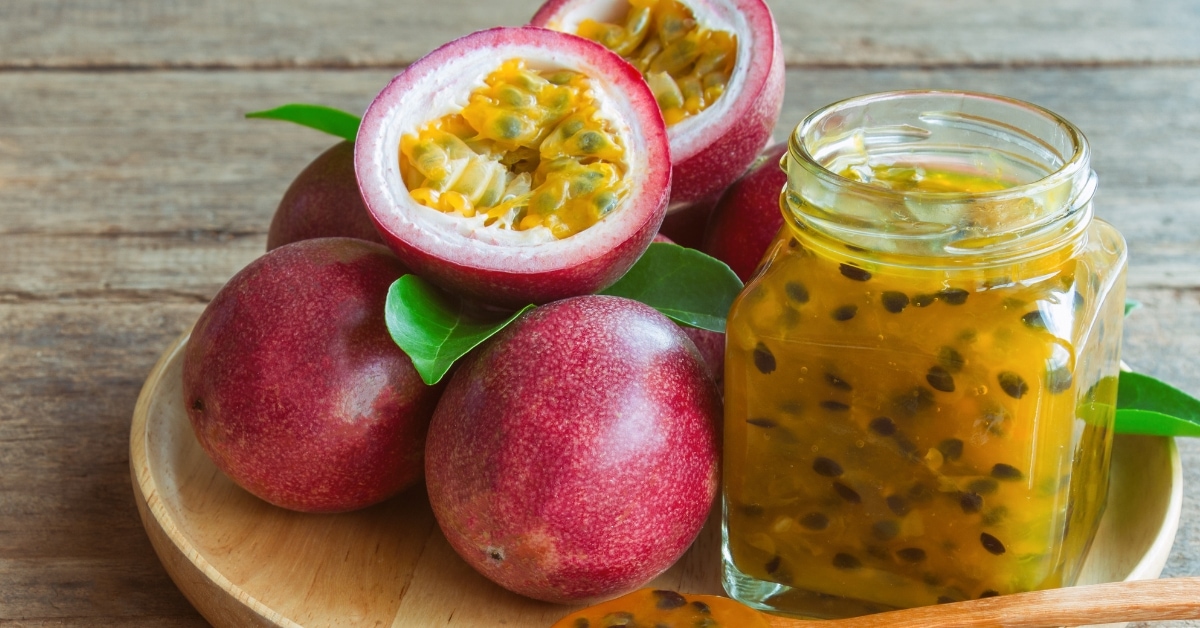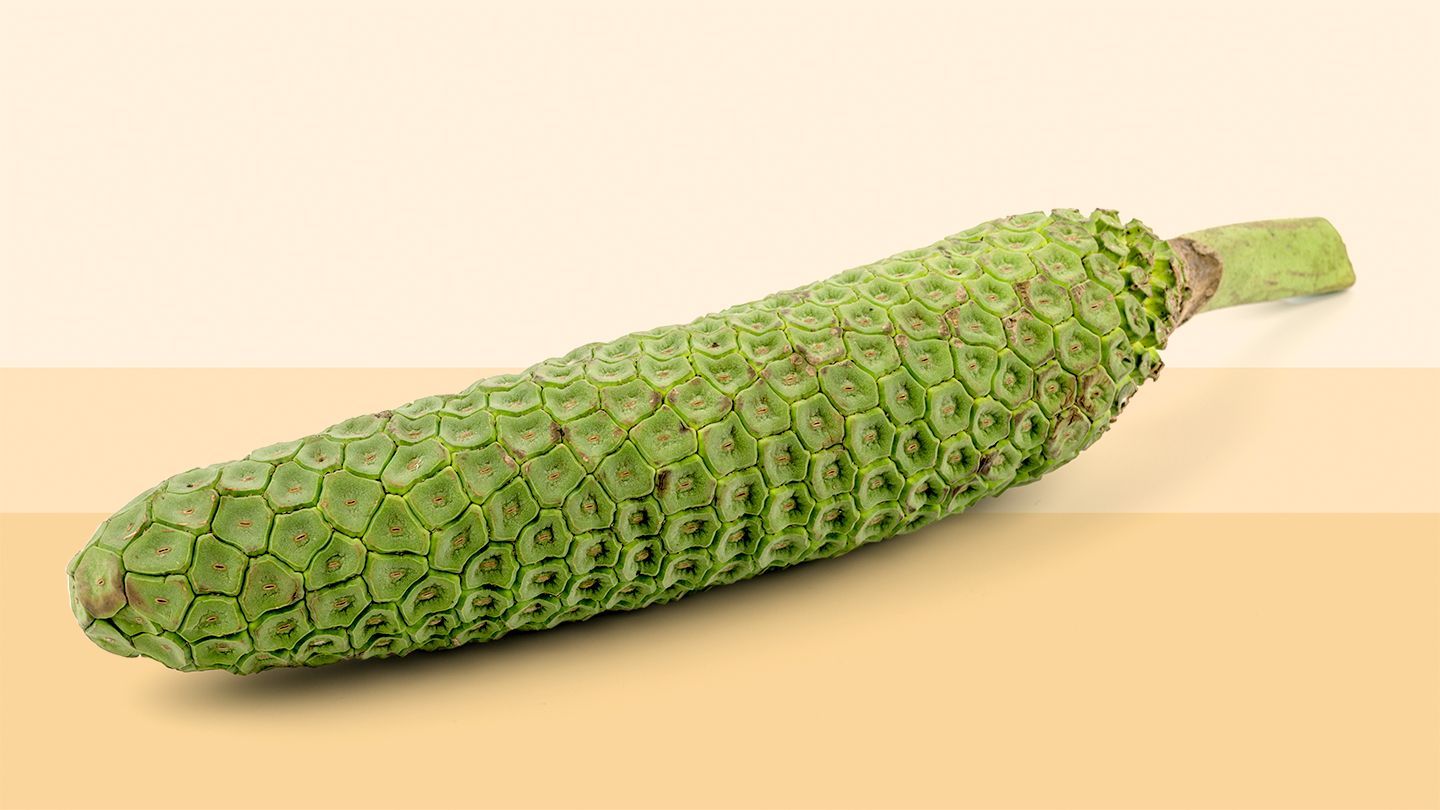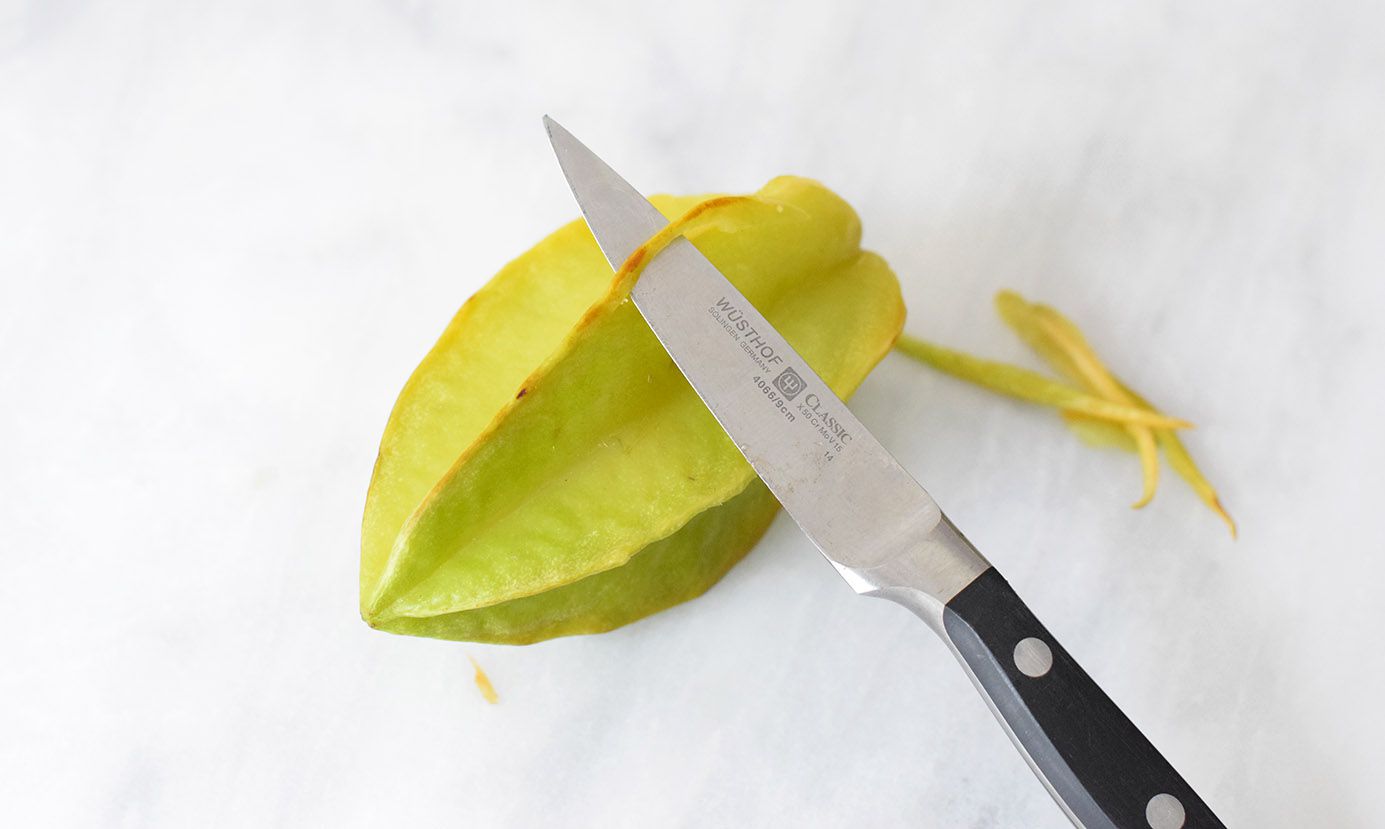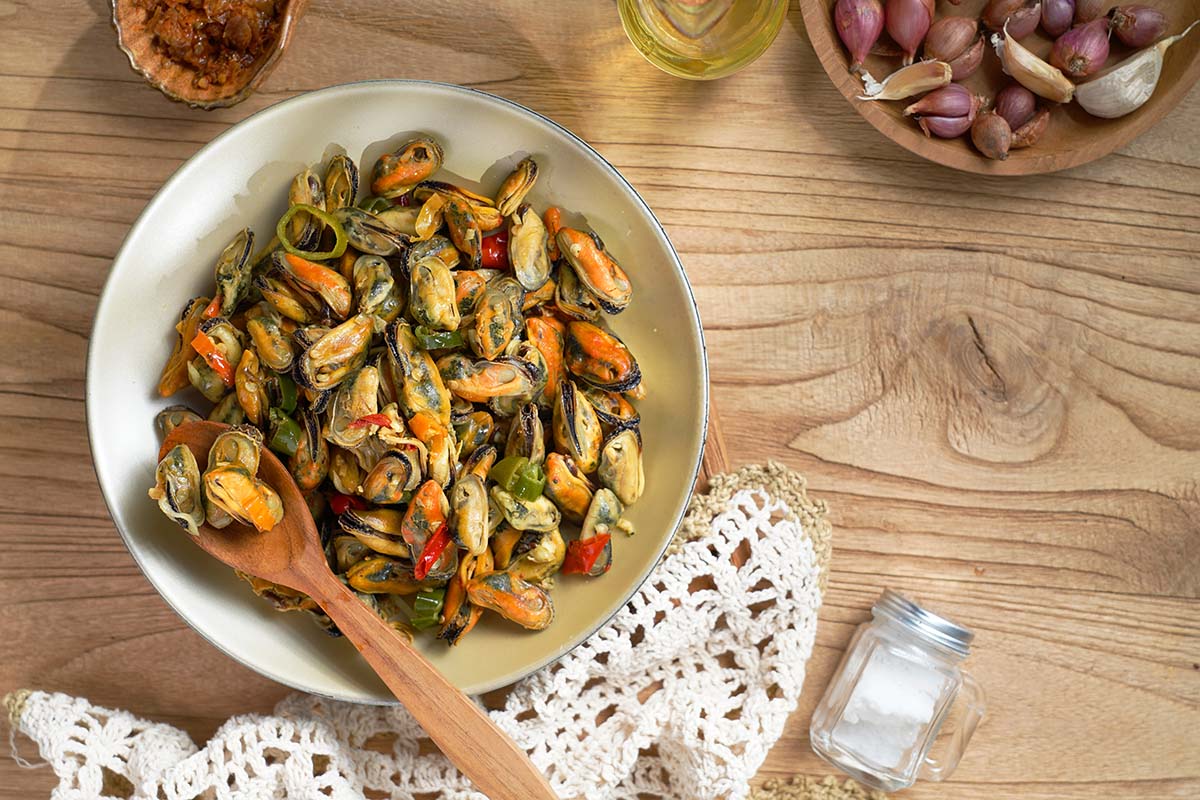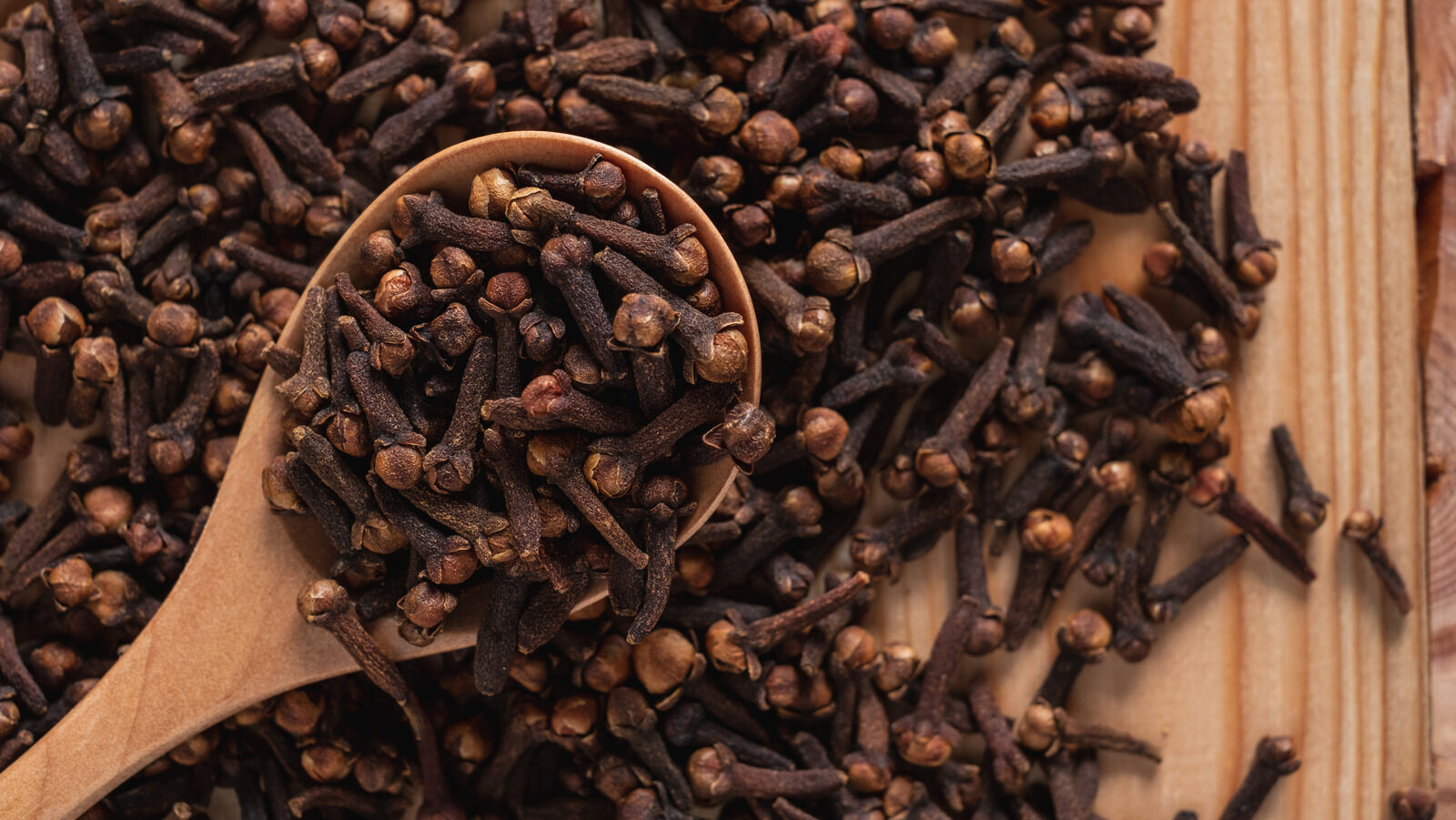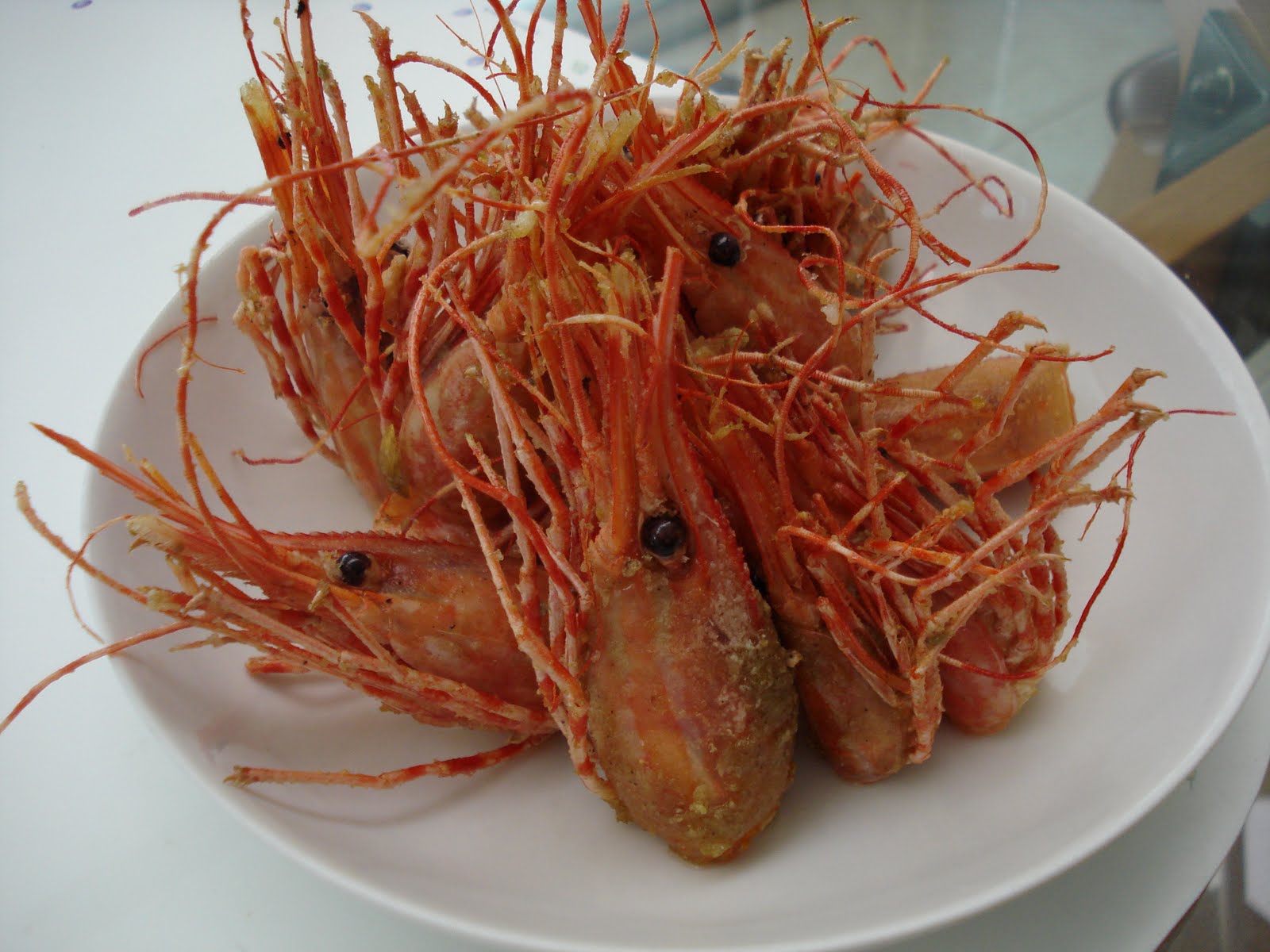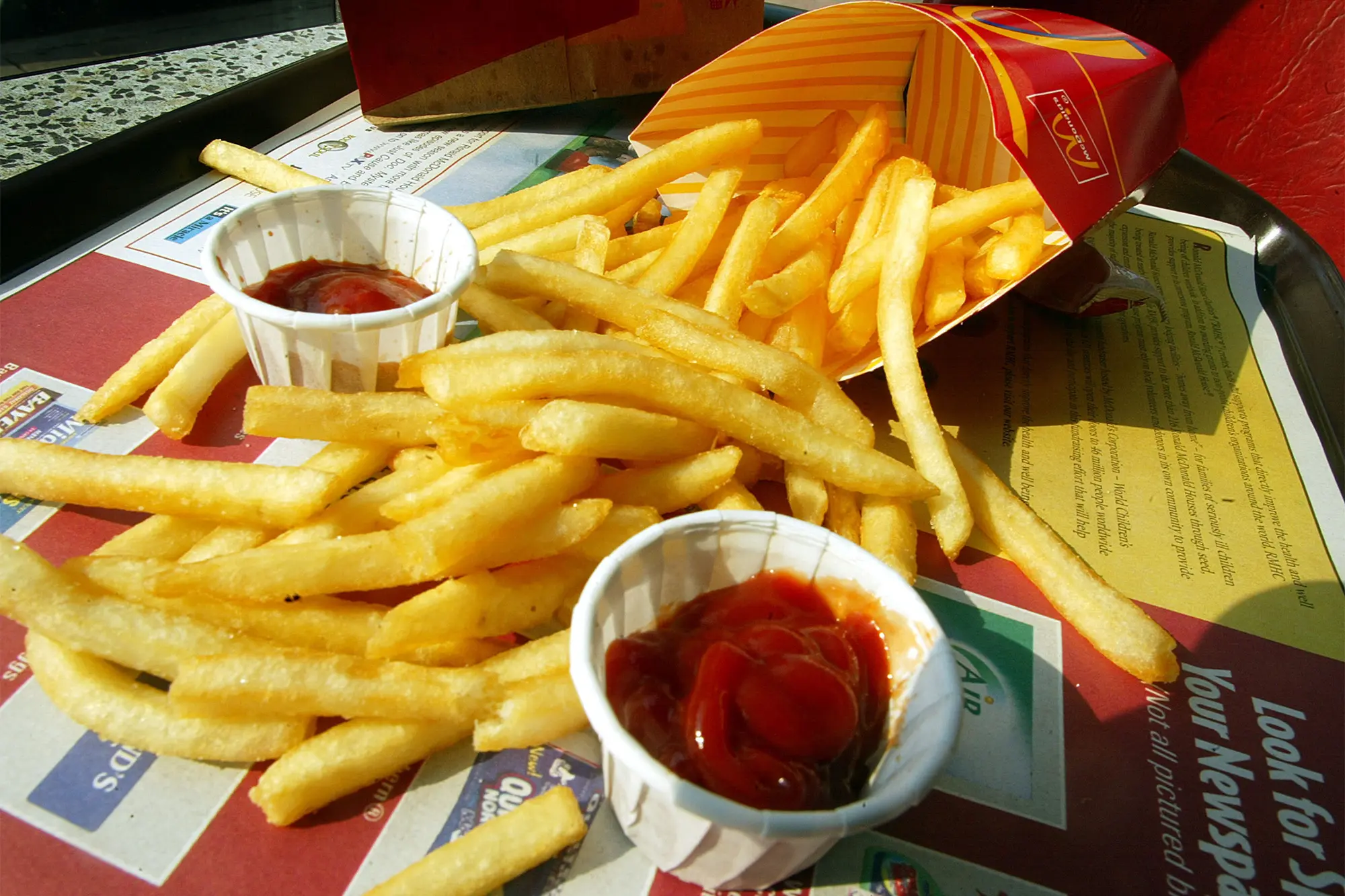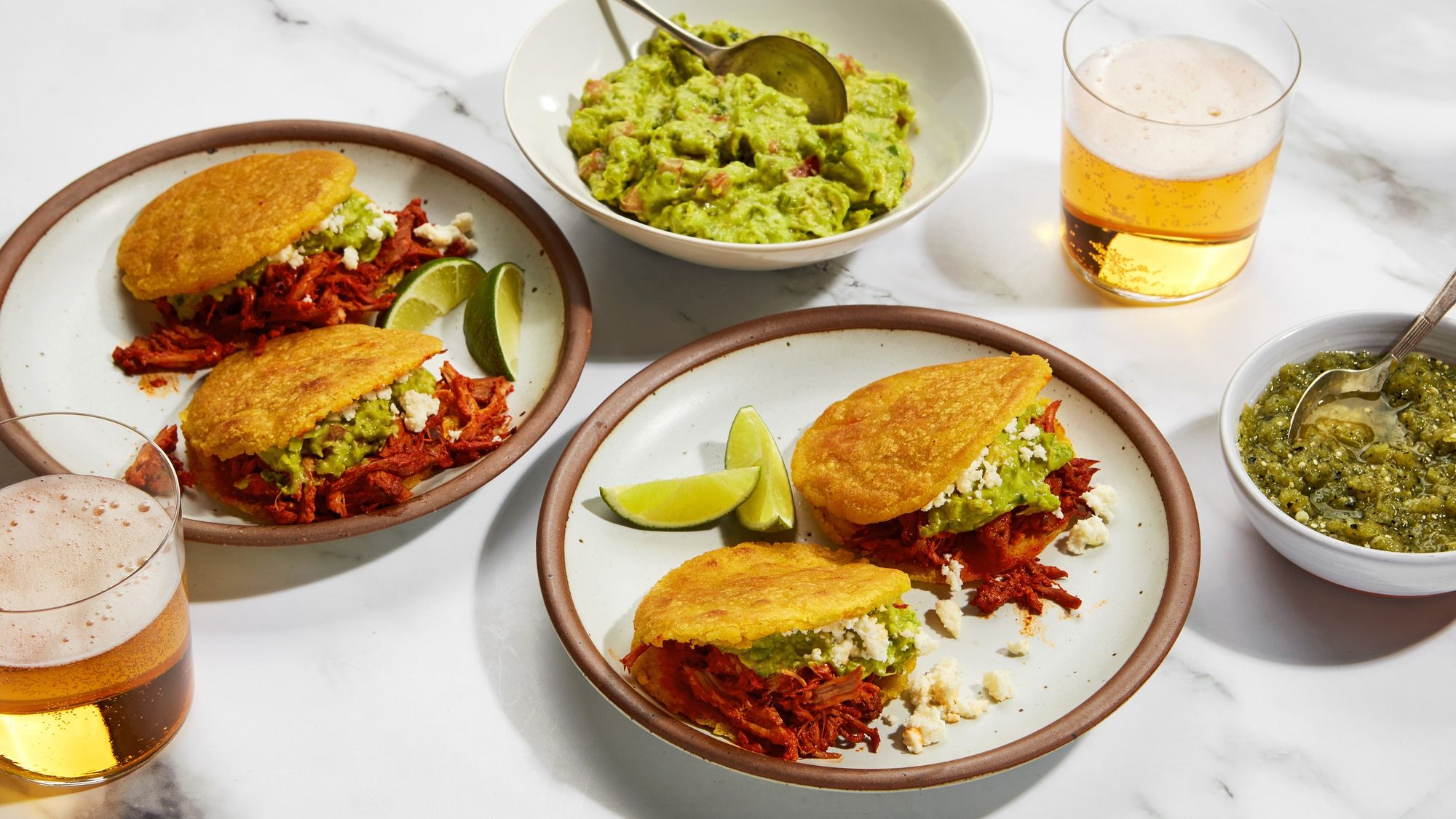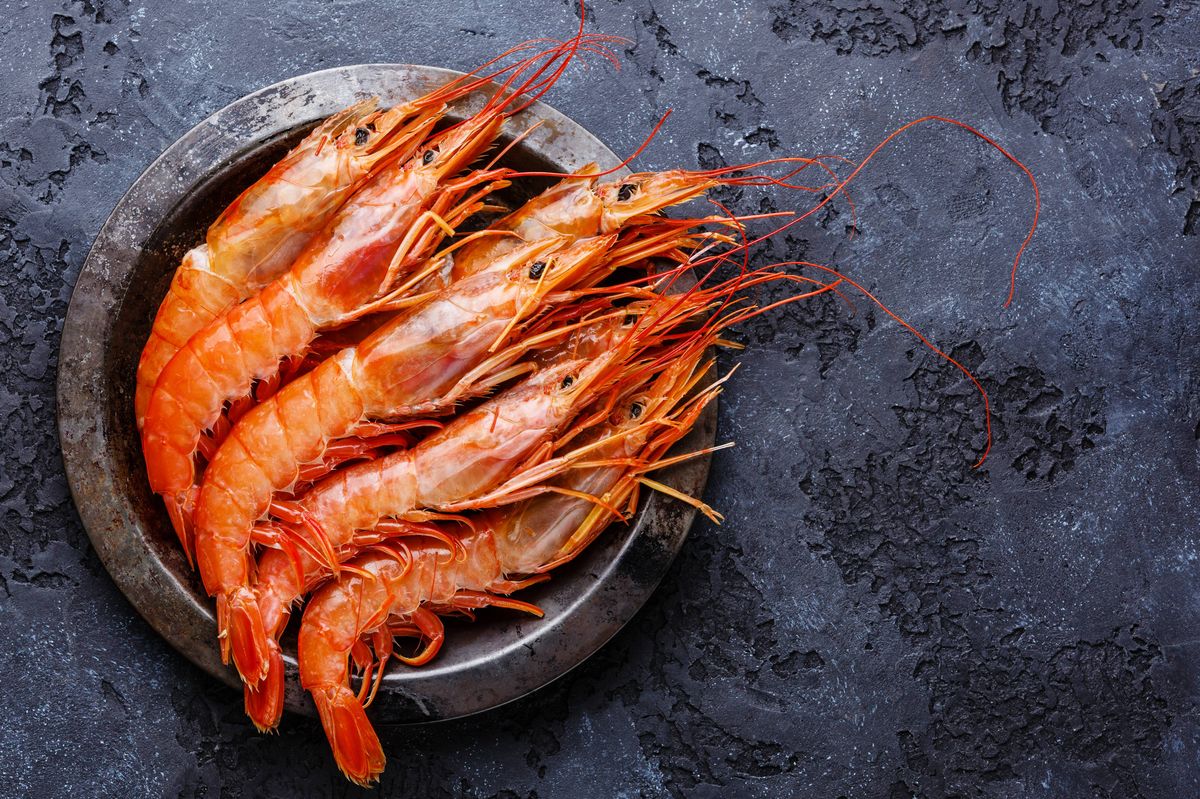What is Genip Fruit?
Genip fruit, also known as Spanish lime or mamoncillo, is a small, round fruit that is native to the Caribbean and Central America. It has a thin, green skin and a juicy, sweet-tart flesh surrounding a large seed. The fruit is often enjoyed as a refreshing snack during the summer months.
Choosing Ripe Genip Fruit
When selecting genip fruit, look for ones that are firm and free from blemishes. The skin should have a slight give when gently pressed, indicating that the fruit is ripe and ready to eat. Avoid fruits that are overly soft or have moldy spots.
Washing the Fruit
Before eating genip fruit, it’s important to wash it thoroughly under running water to remove any dirt or residue from the skin. Once washed, pat the fruit dry with a clean towel.
How to Eat Genip Fruit
Eating genip fruit is a unique experience that involves sucking the juicy flesh from the seed. Here’s a step-by-step guide on how to enjoy this tropical treat:
- Hold the genip fruit between your thumb and forefinger.
- Use your teeth to gently break the skin of the fruit, being careful not to crush the seed inside.
- Suck the sweet-tart flesh from the seed, savoring the burst of flavor with each bite.
- Once you’ve enjoyed all the flesh, discard the seed and move on to the next fruit.
Pairing Genip Fruit with Other Foods
Genip fruit can be enjoyed on its own, but it also pairs well with other foods and flavors. Consider incorporating genip fruit into the following dishes and drinks:
- Adding genip fruit to fruit salads for a tropical twist
- Blending genip fruit into smoothies for a refreshing beverage
- Serving genip fruit alongside grilled meats for a sweet and savory contrast
- Using genip fruit as a garnish for cocktails and mocktails
Storing Genip Fruit
If you have leftover genip fruit, store it in the refrigerator to maintain its freshness. Place the fruit in a breathable container or perforated plastic bag to prevent moisture buildup, and consume it within a few days for the best flavor.
Conclusion
Genip fruit is a delicious and unique tropical fruit that can be enjoyed in various ways. Whether eaten on its own or incorporated into recipes, genip fruit offers a refreshing burst of flavor that is perfect for warm weather. So, the next time you come across this exotic fruit, don’t hesitate to give it a try and savor its juicy goodness!
